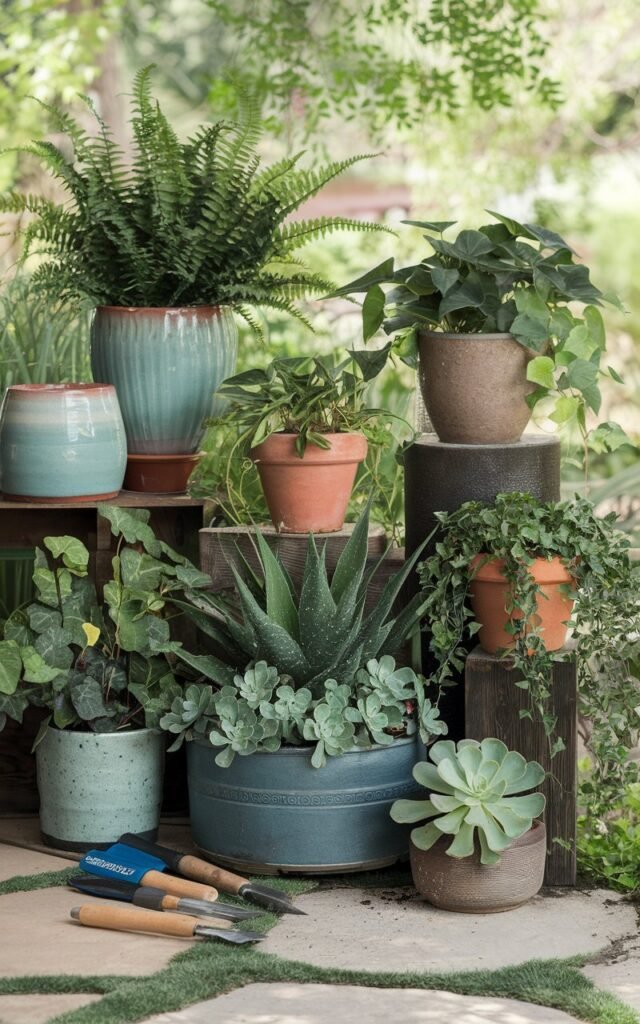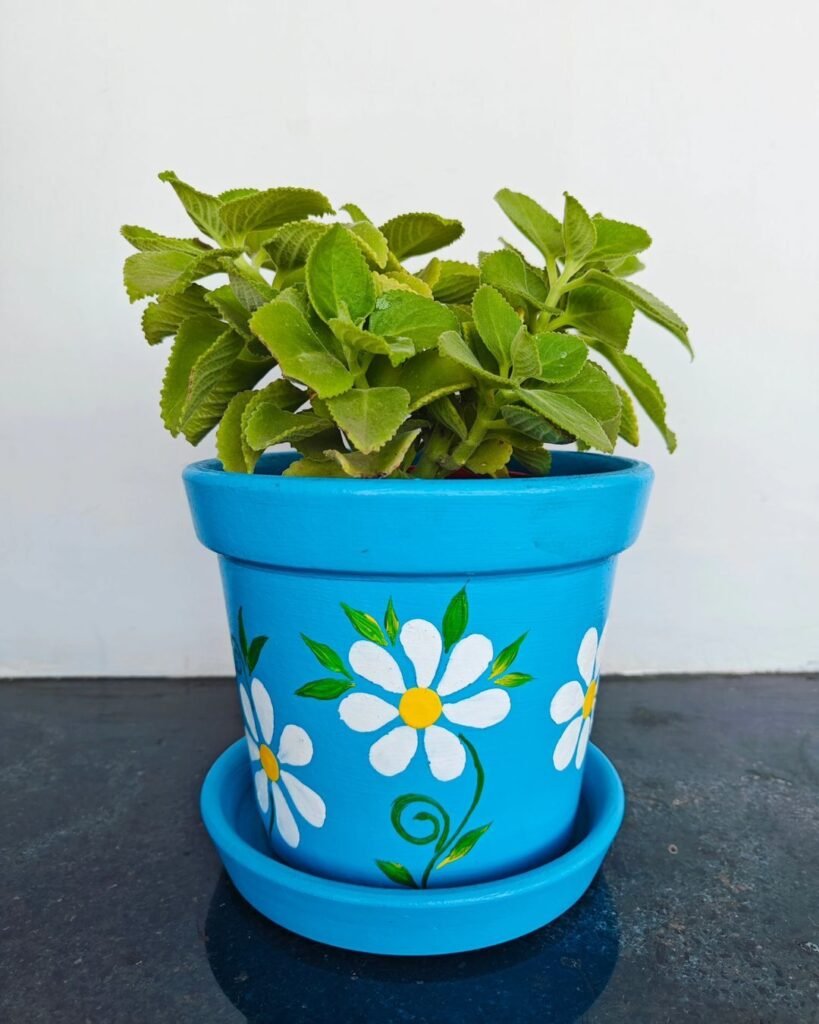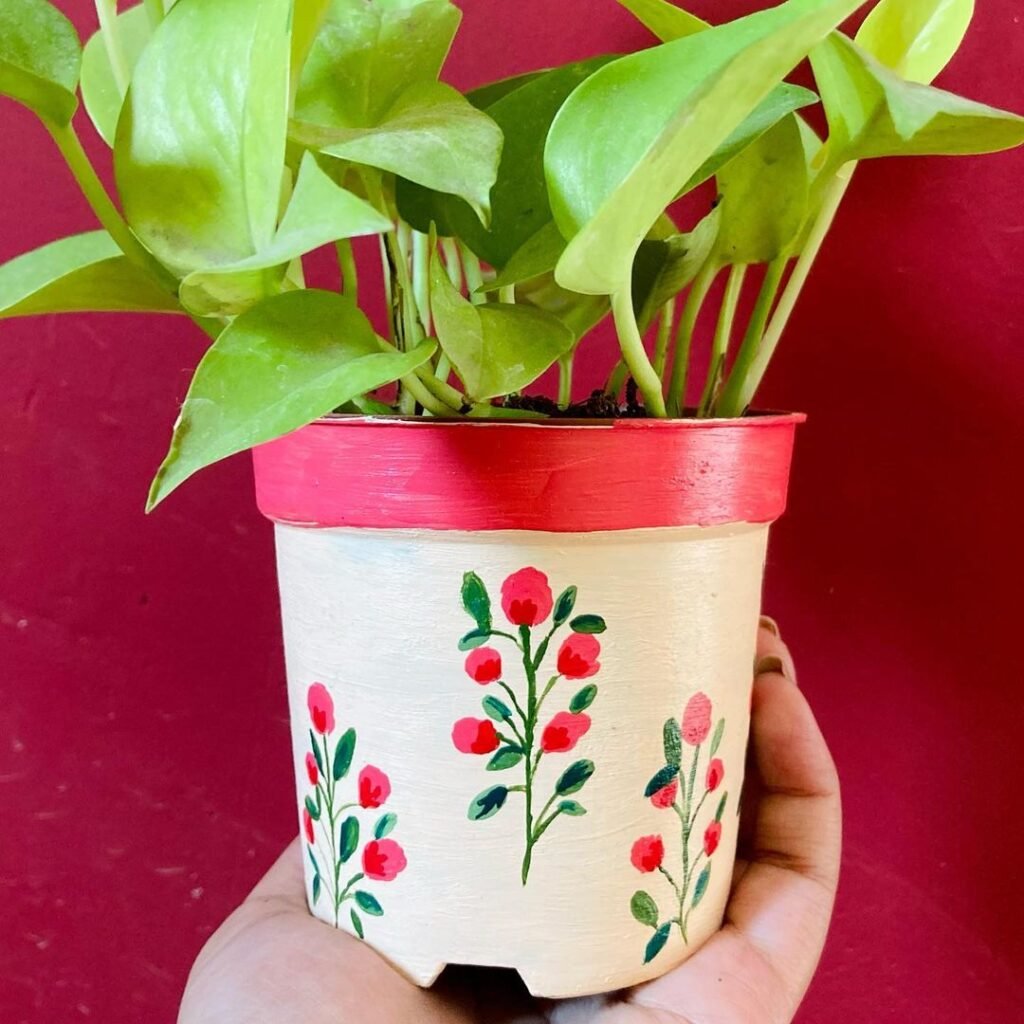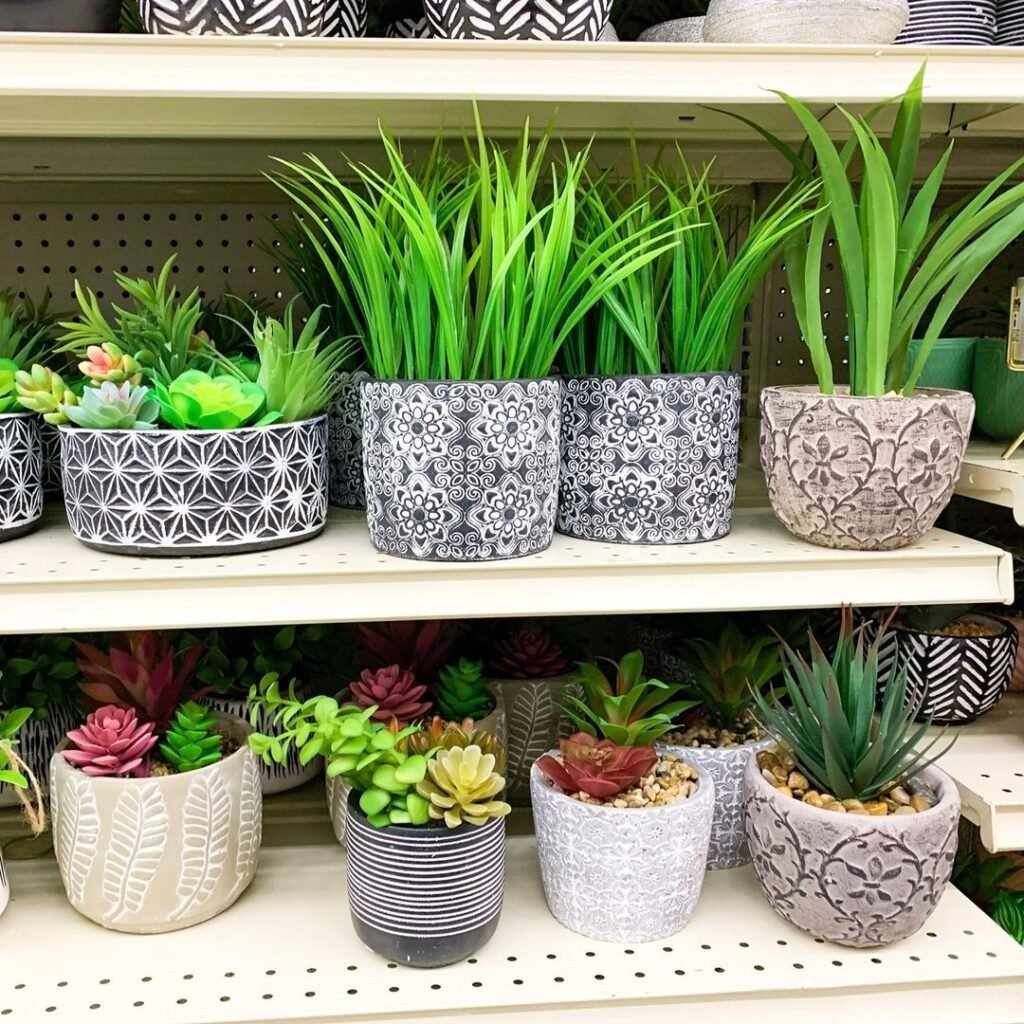Discover the perfect pottery for your plants with our expert guide. Learn about materials, styles, and care tips to elevate your indoor and outdoor greenery in 2024.
Pottery is essential for plant health and home decor, providing both style and functionality for your green companions. As an experienced horticulturist and interior design enthusiast, I’ve spent years experimenting with various plant containers. In this guide, I’ll share my expertise to help you choose the best pottery for your plants in 2024, enhancing both their well-being and your living space.
Types of Plant Pottery Materials
1. Ceramic

Ceramic pots are my go-to choice for their versatility and aesthetic appeal. They’re suitable for both indoor and outdoor use, offering a wide range of styles to complement any decor.
Pros:
- Extensive style options
- Excellent root insulation
- Durable when handled properly
Cons:
- Can be heavy
- May crack in freezing temperatures
Pro Tip: For outdoor use in cold climates, look for frost-resistant ceramic pots to prevent cracking. The University of Minnesota Extension offers great advice on winter protection for container plants.
2. Terracotta

Terracotta pots have been a staple in gardening for centuries, and for good reason. Their porous nature allows for better air circulation, which is crucial for root health.
Pros:
- Affordable
- Excellent air circulation for roots
- Natural, rustic look
Cons:
- Dries out quickly
- Prone to cracking in cold weather
Expert Insight: To prevent rapid moisture loss in terracotta pots, I often line them with plastic or apply a sealant. This technique is especially useful for plants that prefer consistent moisture.
3. Plastic

While not as aesthetically pleasing as ceramic or terracotta, plastic pots have their place in plant care, especially for beginners or temporary plant housing.
Pros:
- Lightweight
- Inexpensive
- Available in various colors
Cons:
- Less eco-friendly
- Can degrade in sunlight
Sustainability Tip: Look for recycled plastic pots or those made from biodegradable materials to minimize environmental impact. The Royal Horticultural Society provides excellent information on sustainable gardening practices.
4. Concrete

For a modern, industrial look, concrete planters are hard to beat. They’re extremely durable and provide excellent insulation for plant roots.
Pros:
- Very durable
- Excellent insulation
- Customizable
Cons:
- Heavy
- Can be expensive
Design Idea: I love using concrete planters for statement pieces in minimalist or industrial-style interiors. Their weight makes them perfect for larger plants or outdoor use in windy areas.
Choosing the Right Size
Selecting the correct pot size is crucial for plant health. As a general rule, choose a pot 1-2 inches larger in diameter than the current one. This allows room for growth without overwhelming the plant’s root system.
Key considerations:
- Ensure proper drainage holes
- Consider the plant’s growth rate and mature size
- Factor in the pot’s depth for deep-rooted plants
Styles and Designs
1. Minimalist
Clean lines and simple shapes characterize minimalist pottery. These pots work wonderfully in modern interiors, allowing the plants to take center stage.
2. Bohemian
Bohemian-style pots often feature intricate patterns and bright colors. I find these perfect for adding a pop of personality to eclectic spaces.
3. Rustic
Rustic pottery mimics natural textures and often uses earthy tones. These pots are ideal for creating a cozy, organic atmosphere in your home or garden.
4. Contemporary
Sleek designs and unique shapes define contemporary pottery. These pots are suitable for modern and avant-garde interiors, often becoming conversation pieces themselves.
Caring for Your Plant Pottery
Proper care ensures your pots last longer and continue to look great. Here’s my tried-and-true maintenance routine:
- Clean regularly with mild soap and water
- Avoid harsh chemicals that can damage the material
- Store outdoor pots properly during winter to prevent cracking
Pro Tip: For outdoor pots in winter, I elevate them slightly off the ground to prevent water accumulation and freezing, which can lead to cracking.
Matching Pottery to Plant Types
Different plants have varying needs, and choosing the right pot can significantly impact their health. Here’s a quick guide based on my experience:
- Succulents: Well-draining, shallow pots
- Ferns: Moisture-retaining pots with good drainage
- Orchids: Specialized orchid pots with extra ventilation
Expert Advice: For tropical plants, I often use self-watering pots to maintain consistent moisture levels. The Missouri Botanical Garden offers excellent resources on self-watering containers.
Choosing the right pottery is an art that combines aesthetics with plant care science. By considering factors like material, size, style, and functionality, you can find the perfect containers to support your plants’ growth and enhance your living space. Remember, the best pottery not only looks good but also promotes plant health and well-being. Happy planting!
For more gardening tips and plant care guides, visit usagardenhub.com.

